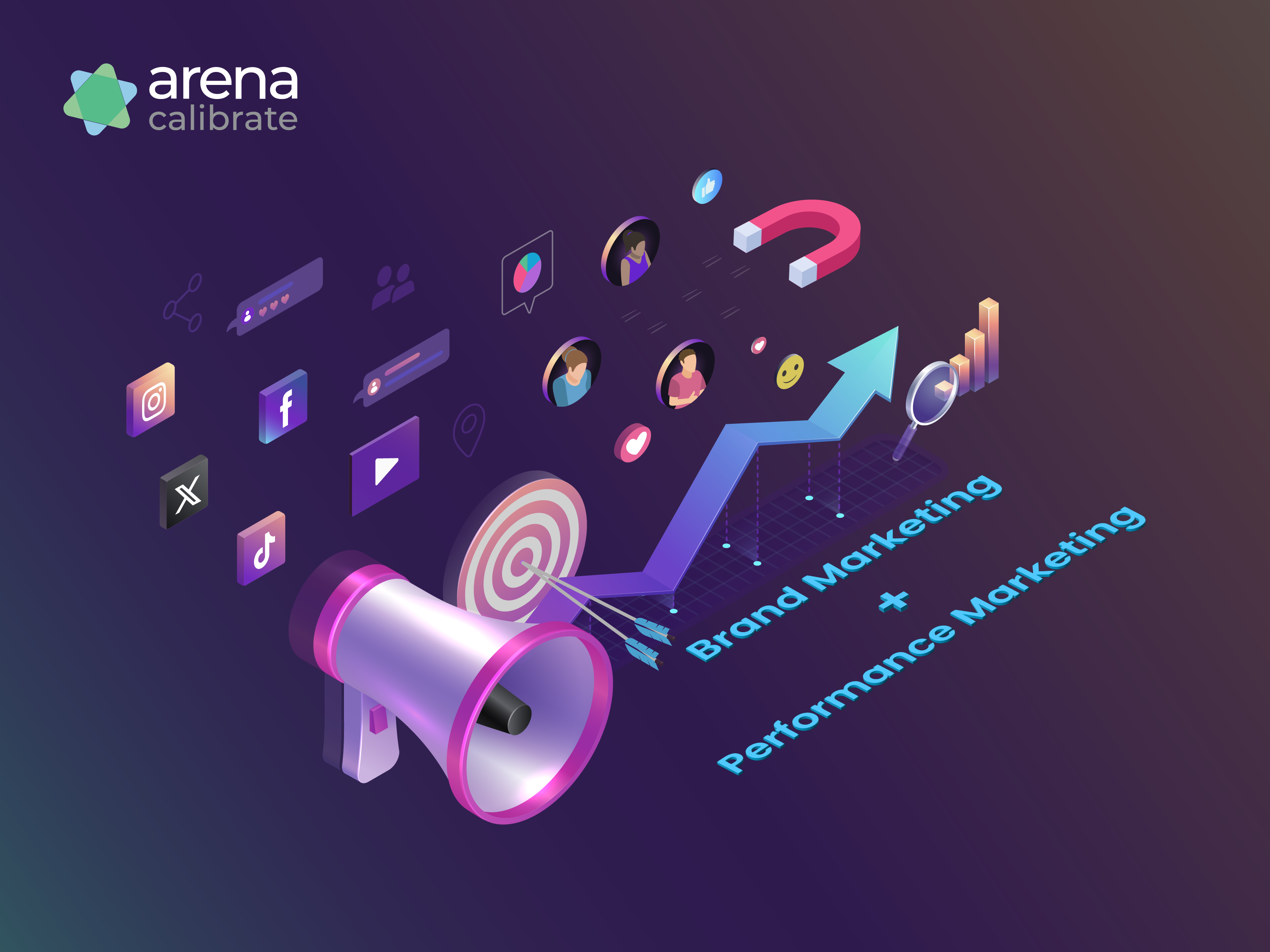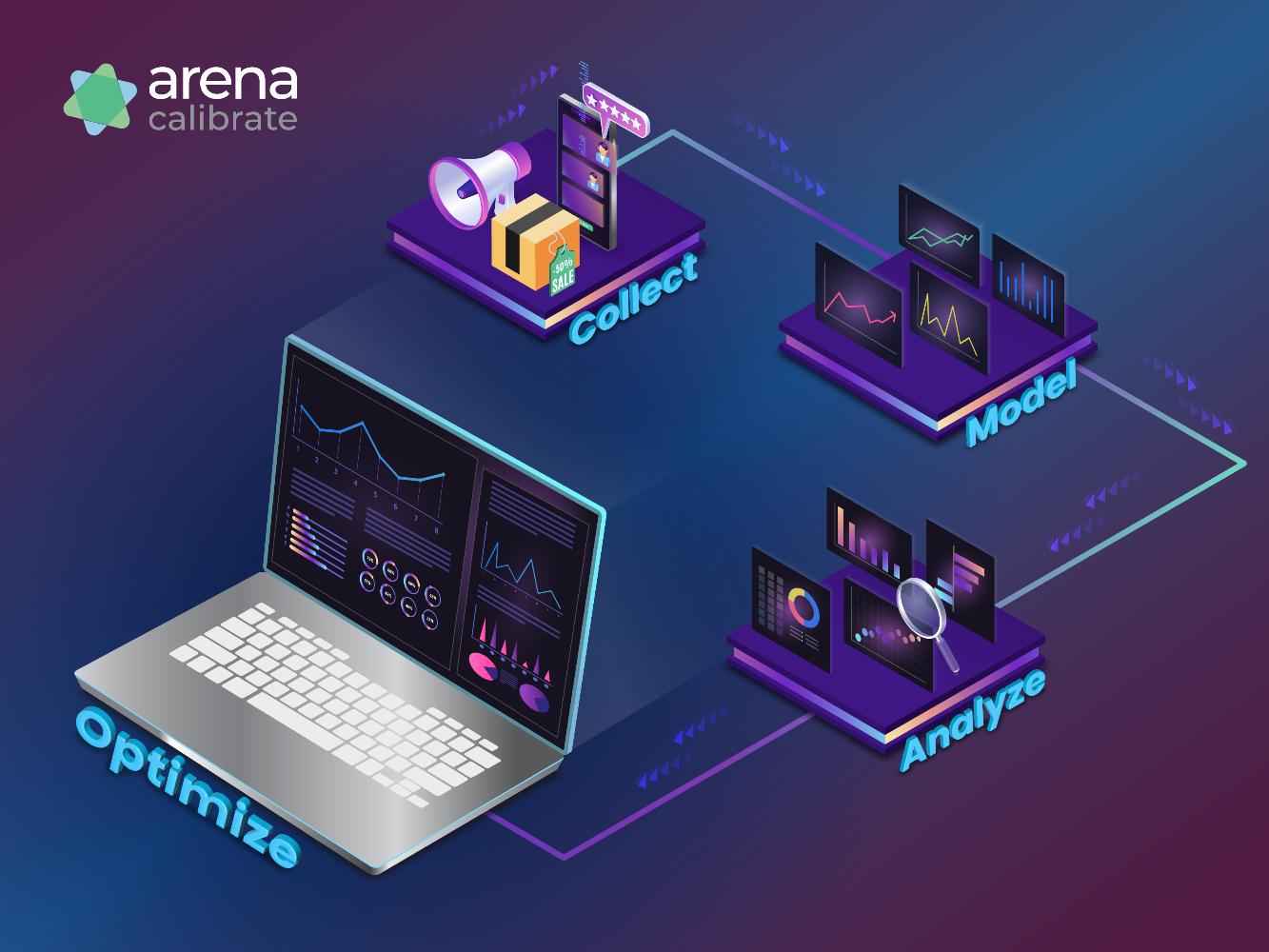From 'A Tale of Two Cities'and 'Tempest' come the two popular phrases, 'It was the best of times, it was the worst of times' and 'A brave new world'. Allow me to explain before I digress from marketing into literature.
It is truly the worst of times for marketing, Generative AI, with its twin threats of ChatGPT and Midjourney/Dall-E, is threatening the creative abilities of agencies, and there is an exaggerated expectancy of everything being available at the snap of a finger. On the other hand, I truly believe a brave new world awaits. For we still need human intervention to snap that finger! (Marvel fans will get that reference). As many experts have opined, “AI won’t take away jobs, people who can use AI effectively will.”
We live in the times of AI-generated images winning art competitions, applications based on large language models, top scoring in examinations and an overall questioning of the actual value of humans but the greatest value add is to be able to harness that ability and channel it effectively to a business or social use case that is economically scalable.
A bit of history, first up. Large language models have existed for some time, and Artificial Intelligence has been around far longer. What has changed has been the public release of Open AI’s ChatGPT powered by GPT3.5, which was an improved version of its GPT3. They used a human feedback loop to improve the responses. The public release gained widespread public acceptance (100M users in 2 months, no less), and suddenly everyone and their grandkids (mostly the grandkids) had become machine learning experts.
And sensing the wide-eyed exuberance, more companies jumped into the fray with niche offerings, half-baked offerings, can’t miss out on the trend offerings and along with that were different LLMs too (large language models). Cohere released the first LLM with multiple language support; Microsoft’s investments into Open AI allowed it to integrate GPT-4 into Office offerings and Bing search, and Google, not to be left behind, released Bard. Amazon, Meta, Adobe and Salesforce quickly announced Generative AI offerings.
From being used to power those (mostly annoying) chatbots on websites, Generative AI now is top of mind in boardrooms and management, with increasing integration into everyday use cases.
The significant issues with LLMs, today (I hasten to clarify), are costs and accuracy. In the marketing context, if we were to build out an advertising campaign (right from strategy to research to audience segmentation to brand/campaign development to execution and finally measurement) for a financial services client, given the data required, storage requirements and guardrails around regulations and risk mitigation, the associated costs just balloon with each new parameter being added. And while cost is a significant deterrent as ROI focus becomes key, there is also the accuracy factor which is always creating hurdles in terms of removing bias from training data (to refine the base LLM), key in guard rails to prevent ‘hallucination’, devote resources to contain risks like copyright issues.
What is the best way forward then?
Instead of a flourish or perish approach, which focuses on a step change, it’s best to focus on incremental changes. This could translate to bringing together a bunch of use cases which have generative AI working in tandem with traditional (?) AI to find new ways of working through a problem with increased potential for transformation and thus value created. Yes, the value created by an incremental change is far lower but the risks associated with a step change is far higher. And , as a wise manager once said, it is better to be specifically accurate rather than directionally correct.
This will involve finding out the repetitive tasks that can be offloaded, recalibrate skills within the organization through upskilling and usher in the era of the polymath. Let the humans think and innovate, layer in their expertise on top of the machine generated recommendations to vdetermine the when and how to act.
Going back to our financial client example, one could use generative AI to do the research work, feed that back into a machine learning model to help segment a better target audience, create brand copies and/or campaigns with human judgment on top of machine-originated templates and ideas, form algorithmic rules to work within the regulatory boundaries for executing the campaign and use a combination of descriptive, predictive and prescriptive analytics to bubble up insights for measurement. The feedback loop from this should go back to fine tuning the entire process to ensure consistency time and again.
There is an easier course of action which is to not build all of this from scratch but build an ecosystem of partners with each bringing an specific area of AI expertise which is the foundation on which the marketing agency builds domain and functional expertise to create a transformational value.
The most important human function is thus to be adaptable, learning and open to ideas with an ability to extract the best of machine based help. Generative AI, as it stands today, has just started its journey, there is much more to come and we will need to ensure we are on top of the current trend, have the ability to judge (wisely) which use case to solve for and always remain open to the next version that will come out!




